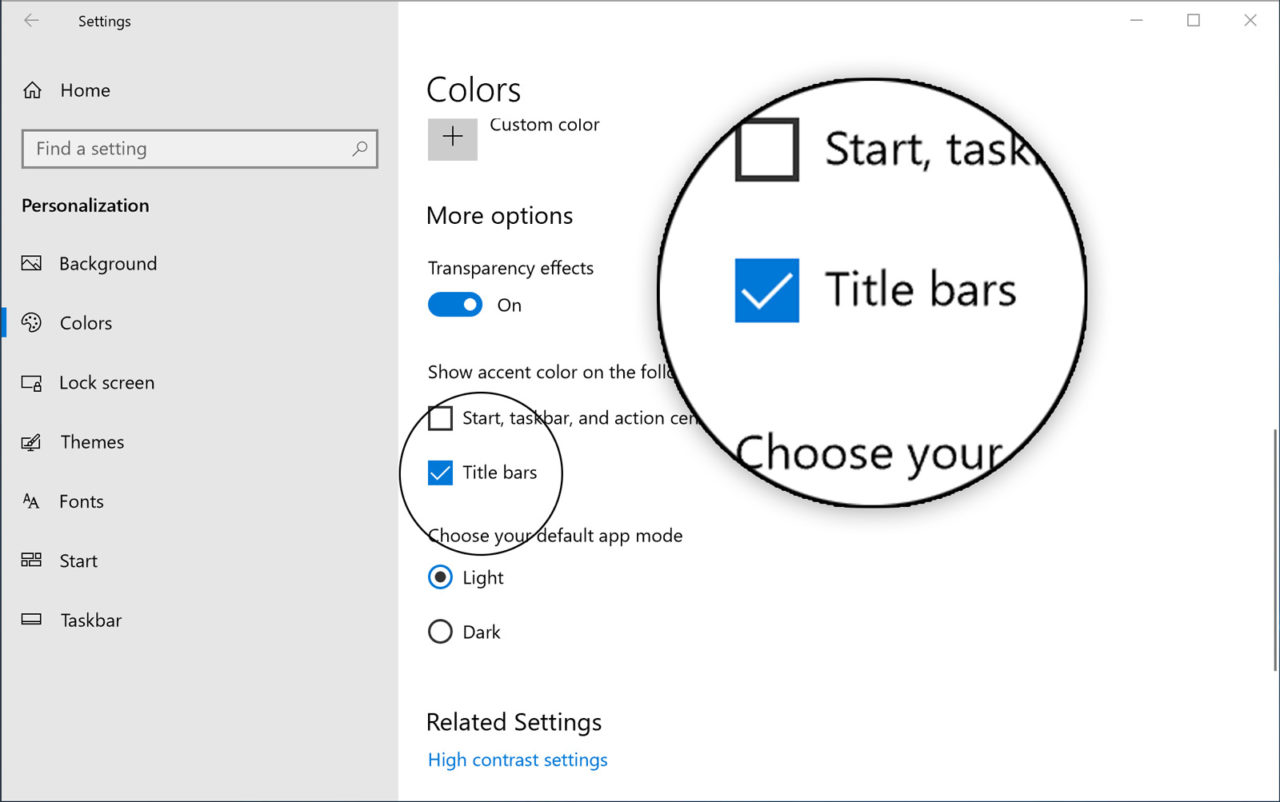


Therefore, many users are looking for an option to remove the title bar from the web page. The vertical tab also known as side tabs has been proven for better user accessibility. Since the title bar of the web page is already available to the user in the side panel, some users may want to remove the title bar placed at the top of the web page. Along with all these features, the new Microsoft edge version has come up with an awaited option of the hiding title bar. The bug fixing feature has added starts to its performance. Of course, if you find that you prefer Microsoft’s default flat look without the title bar color, you can simply return to Settings and uncheck the aforementioned option.Microsoft has introduced an improved version of edge with added features such as the ability to access Wikipedia using immersive Reader, improved read-out-loud feature, and crash setup fixing. This makes it easy to see at a glance which app is currently in the foreground. The title bar color will only appear for the active application, while background apps will retain the same white color. This won’t work for UWP apps or third party apps that use custom window designs such as Adobe Photoshop, as they don’t have standard title bars. *It’s important to note that this option is only relevant for traditional “desktop” applications such as File Explorer, Notepad, Control Panel, and some third party apps that use Microsoft’s traditional design elements such as Google Chrome. You’ll see the color you chose earlier prominently displayed in the application’s title bar. Now, open a compatible* desktop application.

There’s no need to save or reboot the change will take effect immediately. With your color selected, scroll down until you see the option labeled Show accent color on the following surfaces. You can manually choose a color or have Windows automatically choose a color based on your current desktop wallpaper image. The color you choose will also be used elsewhere in Windows, such as the background for icons in the Start Menu. At the top of the screen you can select the color you want for your application title bars. Launch the Settings app and head to Personalization > Colors. You can turn on title bar color with a quick trip to the Windows 10 Settings. In Microsoft’s pursuit of a cleaner, “flatter,” more modern look, title bars in Windows are the same color as the rest of the window’s background.īut good news for those who miss the distinct title bar designs of earlier versions of Windows. Windows 10 tosses title bar color out the window, however, at least in terms of default settings.


 0 kommentar(er)
0 kommentar(er)
